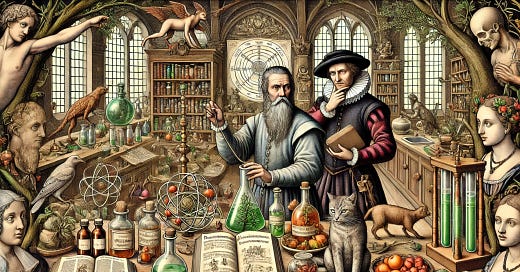Unearthing the Renaissance's Forgotten Pioneers of Bioelectricity
The Renaissance, a period lauded for its explosion of scientific and artistic achievement, often conjures images of illuminated manuscripts, anatomical sketches by Leonardo da Vinci, and Galileo’s celestial observations. However, nestled within this era of discovery lies a series of suppressed and overlooked experiments that ventured into the realm of the bioelectric field—a subtle energy field permeating all living beings. Dr. Elara Magnus, a distinguished historian, has meticulously unearthed and pieced together these forgotten threads, revealing the profound insights of pioneers like Paracelsus and Jan Baptist van Helmont.
Paracelsus: The Archeus and Vital Force
Philippus Aureolus Theophrastus Bombastus von Hohenheim, known as Paracelsus, was a polymath whose contributions to medicine and alchemy were revolutionary. Paracelsus introduced the concept of the "Archeus," an inner force he described as the vital energy respo…
Keep reading with a 7-day free trial
Subscribe to Who, what, where am I? to keep reading this post and get 7 days of free access to the full post archives.




